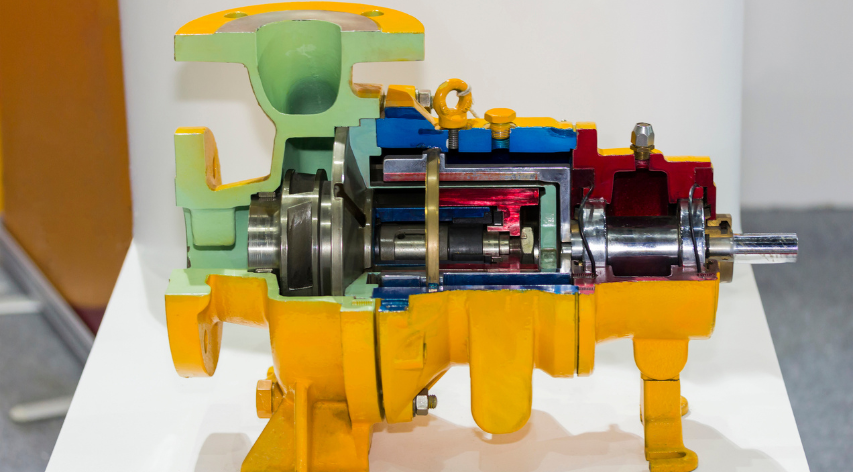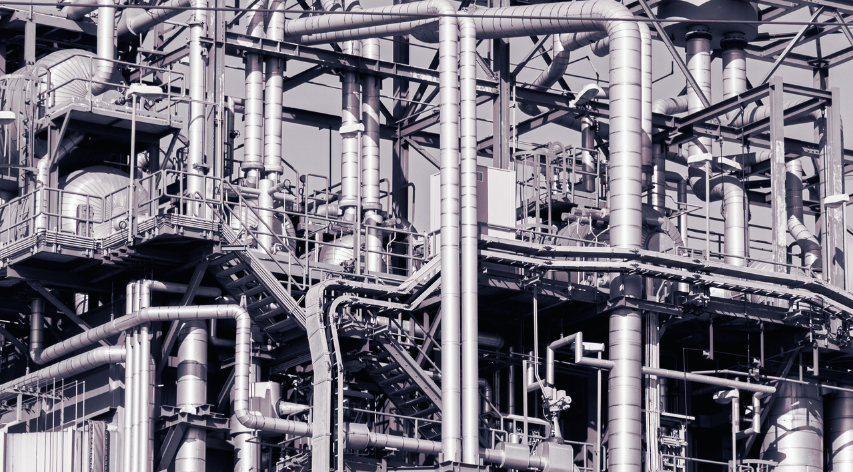When Should Category M Fluid Service be Selected for ASME B31.3 Piping Systems
ASME B31.3 provides rules for Category M Fluid Service in Chapter VIII of the Code. These rules are designed to provide additional measures of leak tightness. For example, special precautions to prevent leakage past valve stems are included and a sensitive leak test designed to find even very small leaks in the system is required.
The Code requires that the owner decide if a piping system is in Category M Fluid Service. Note that it is Category M Fluid Service and not Category M fluids, as it is not simply the fluid, but also the conditions of installation that are considered in making the designation. The owner is guided in the classification for the piping system by the definition of Category M Fluid Service in Chapter I of ASME B31.3. Further, a guide to the application of these rules is provided in ASME B31.3, Appendix M, which contains a flow chart to assist the owner in classifying fluid services.
The definition of Category M Fluid Service is as follows. Note that for purposes of emphasis, it has been broken into subparts, all of which must be satisfied for the service to meet the definition of Category M (ASME B31.3, para. 300.2):
- “A fluid service
- in which the potential for personnel exposure is judged to be significant and
- in which a single exposure of a very small quantity
- of a toxic fluid,
- caused by leakage,
- can produce serious irreversible harm to persons on breathing or bodily contact,
- even when prompt restorative measures are taken.”
Note that toxic means, by its dictionary definition, poisonous.
There has been activity in the B31.3 committee over the last five or ten years trying to revise the definition, without much progress to date. I have recently suggested the following, which perhaps makes the intent more clear.
- The fluid is so highly toxic that a leakage of a very small quantity can produce serious irreversible harm to persons on breathing or bodily contact, even when prompt restorative measures are taken, and
- The potential for personnel exposure in the event of a leakage is judged to be significant, and
- The rules for Normal Fluid Service are judged by the owner to be insufficient to lower the probability of such very small leaks to an acceptable level.
Examples of highly toxic fluids include phosgene (nerve gas) and methyl isocyanate (the Bhopal chemical). Very small leaks of these chemicals would generally be considered to be very dangerous. The owner could provide means to protect personnel from such leaks, such as providing secondary containment, and design the system using the base Code rules for Normal Fluid Service. Alternatively, the owner could elect to have the system designed using the Chapter VIII rules to achieve a higher degree of leak tightness.
Fluids that are merely dangerous, as many fluids contained in process piping are, are not normally designed using the Chapter VIII rules. An example is hydrofluoric acid. However, most owners specify additional measures above the base Code rules for systems such as those containing HF acid, such as requiring 100% radiographic examination of girth weld joints (the base Code requires 5% random examination and Chapter VIII requires 20% random examination).
Hydrogen sulfide gas is a fluid where there has been controversy. Some chemical plant companies have designated piping systems containing H2S to be in Category M fluid service. However, to my knowledge none of the extensive network of piping systems containing H2S that can be found in oil refineries is so designated. A small leak of H2S results in the rotten egg smell, and would not result in serious irreversible harm. The confinement of such systems in an enclosed space may, however, be considered by the owner to create such additional hazard that they decide to make the Category M designation.
The owner should be guided by the all elements of the description of Category M Fluid service when making the designation. Piping designed to both the base Code and Chapter VIII are both safe. The rules in Chapter VIII are simply designed to make the occurrence of very small leaks, such as through valve packing, less likely.








Thanks for the clarification for the service category , if it is possible to give example for the service categorize . If we have a Gas processing plant (sweet gas) , is Gas service can be under Normal category service.
Sweet gas would be classified by most if not all owners as normal fluid service unless it was high pressure, in which case Chapter IX high pressure rules might be selected. Remember that B31.3 was written for process plant piping so most of the piping you may find in a process plant is normal fluid service.
Does Hydrocarbon service come under normal fluid category?
Most hydrocarbon services are normal fluid service. In fact most fluids are normal fluid service.
Hi, it’s possible to use this part of the ASME code to calculate the diameter and loss pressure in an stainles steel piping whic conducts natural gas at high pressure in a service station for buses?
Thanks in advance
The ASME B31.3 code is essentially for creating a safe pressure boundary. It does not provide guidance for sizing pipe or calculating pressure losses.
Is it the piping for ammonia and urea plant consider category M Fluid services?
It is up to the owner of the plant to classify the piping. However, if I was the owner, I would not classify ammonia piping in a urea plant Category M.
Hi Mr Becht,
Right now I’m deciding if a pipe containing H2S (sour gas/acid gas) could be considered in Category M Fluid Service, Which is your opinion about this? I’m taking into account that a concentration of 100 ppm is considered as a IDLH level.
Thanks in advance for your answer.
You need to consider the conditions of the installation, and the hazard that would be caused by a small leak. For example, if it is in an open air process structure, the potential hazard would be much less than in an enclosed space. And it is the conditions on leakage that is the concern, not the conditions inside the pipe.
An example of a fluid that would be considered Category M if the other conditions are satisfied would be Phosgene, or MIC
What should be the holding time for NitrogenHelium leak test for checking flanged joints for pipes carrying H2S (sour gas) when testing at the maximum allowable working pressure?
For ASME B31.3 code leak tests, the minimum duration is 10 minutes, but the duration is typically set by the time required to test all joints for leaks, including both flanged and welded joints.